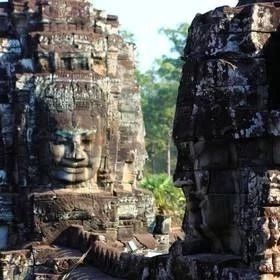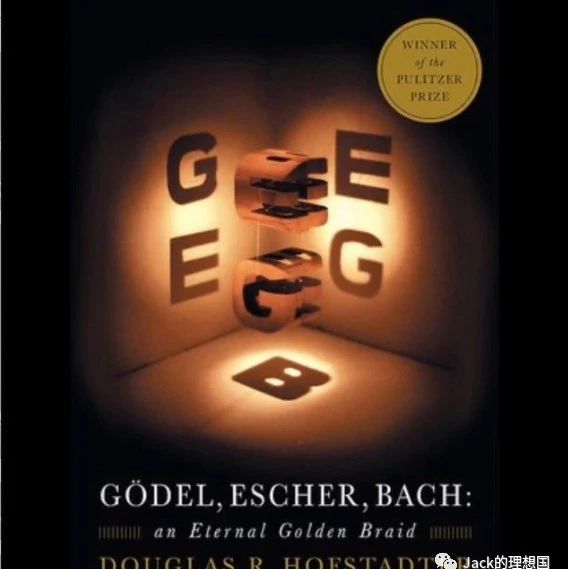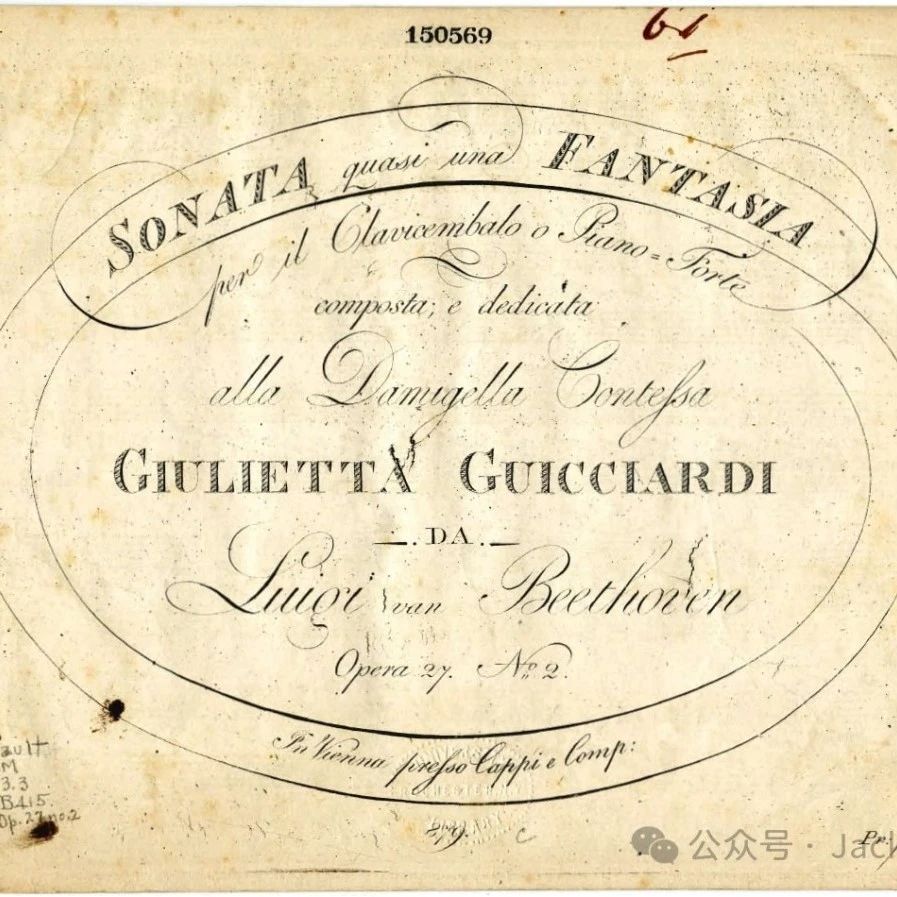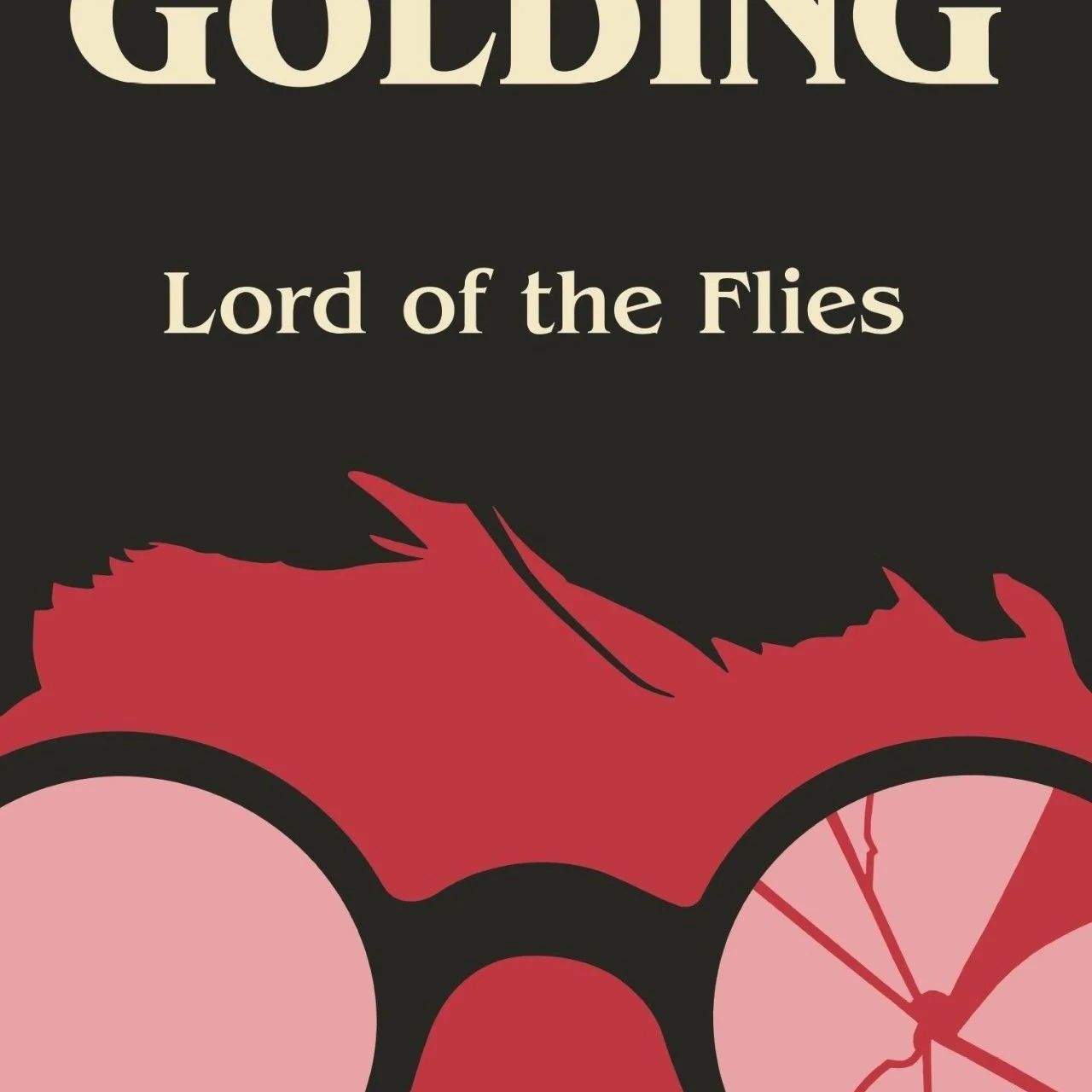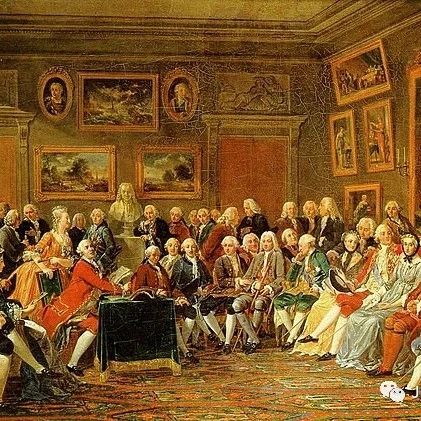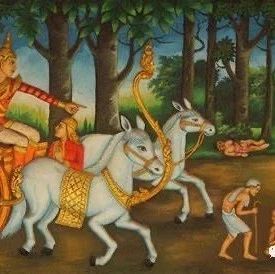Read History with Jack 9 - The Bayon and the Ta Prohm Temple
吴哥之美-大吴哥
柬埔寨是一个贫困但富有生气的文明古国。在公元9-15世纪,西方的古埃及文明早已灭亡,希腊文明也已衰落。然而,在东方,这个神奇而富有文化冲击的国度开始兴盛起来,古高棉人建造了一系列震惊世界的建筑,其中最有代表性的便是大吴哥。
大吴哥其实是一个建筑群,其中包含了两个最主要的寺庙---巴戎寺与塔普伦寺。
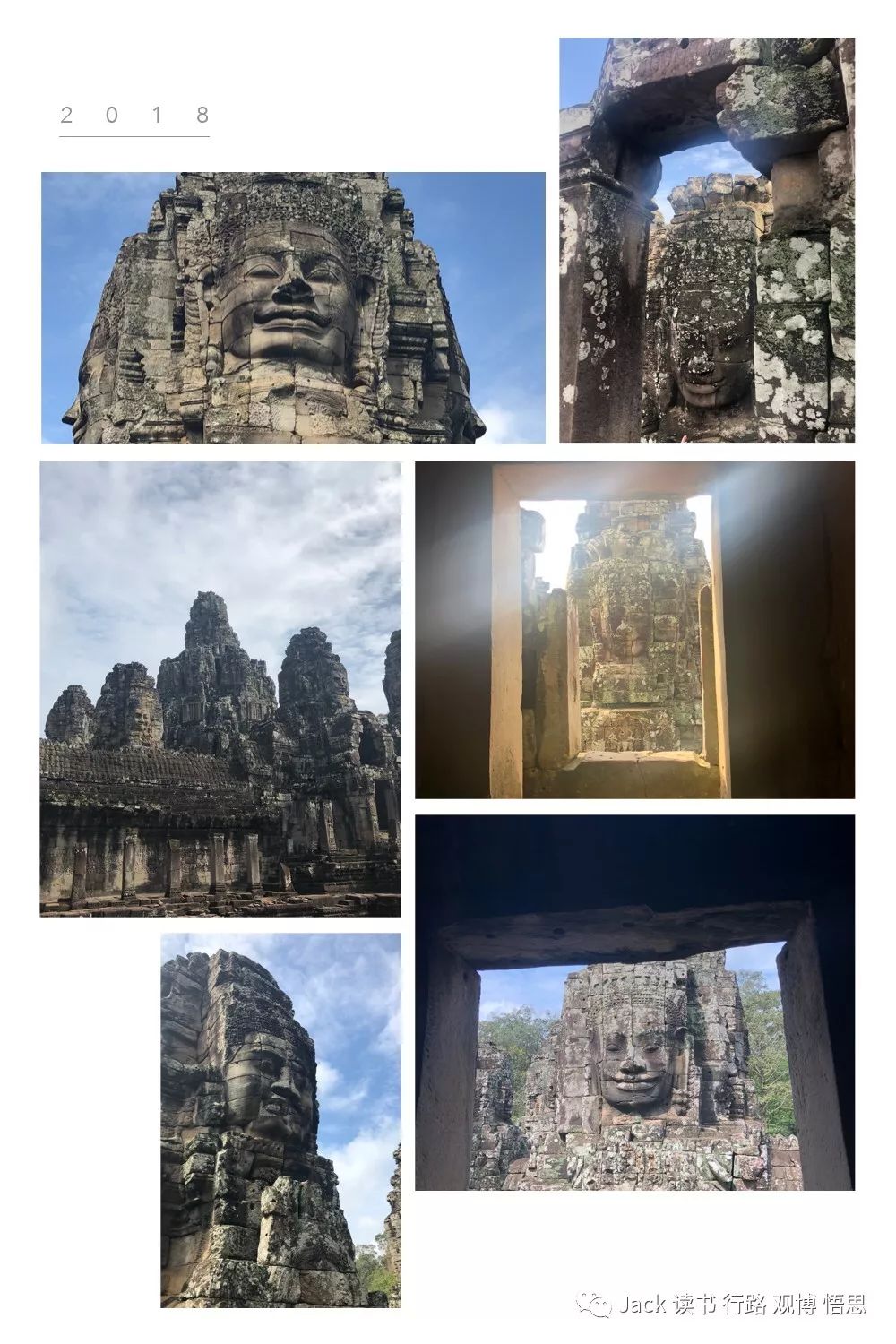
巴戎寺是由国王哲耶跋摩七世所建。在他当上国王之前,亲身经历了柬埔寨与越南的残酷战争,因此他看到了人间许多的苦难。战争与和平的反差让他思考了很多,继位后,他心系百姓,建立了102所医院以及许多学校,并在1181年从印度教改信了大乘佛教。巴戎寺有54座高塔,每一座高塔的四面都浮现着一尊佛陀的微笑。这座寺庙设计还有一个精巧之处,就是你从每一个门框望出去,都能看见一尊佛陀的微笑,佛无所不在。这些微笑是庄严的、平静的、慈悲的、智慧的。这些微笑似乎看透了人生的所有苦难,并获得了修道的最终领悟。随着光影的变化,这些脸忽而睁开双眼,忽而又轻轻的闭上,给人一种说不出的安静感。在内部的墙上,刻着许许多多的壁画。哲耶跋摩七世不像其他国王把自己的英雄壮举刻上去,而是刻了一些老百姓的生活场景以及战争的场面。这壁画上有斗鸡的场面、家庭父子欢聚的场面、一个人闻肉串的场面、妇女生孩子的场面、煮猪过节的场面、制陶的场面、玩杂耍的场面,甚至还出现了南宋的援军!
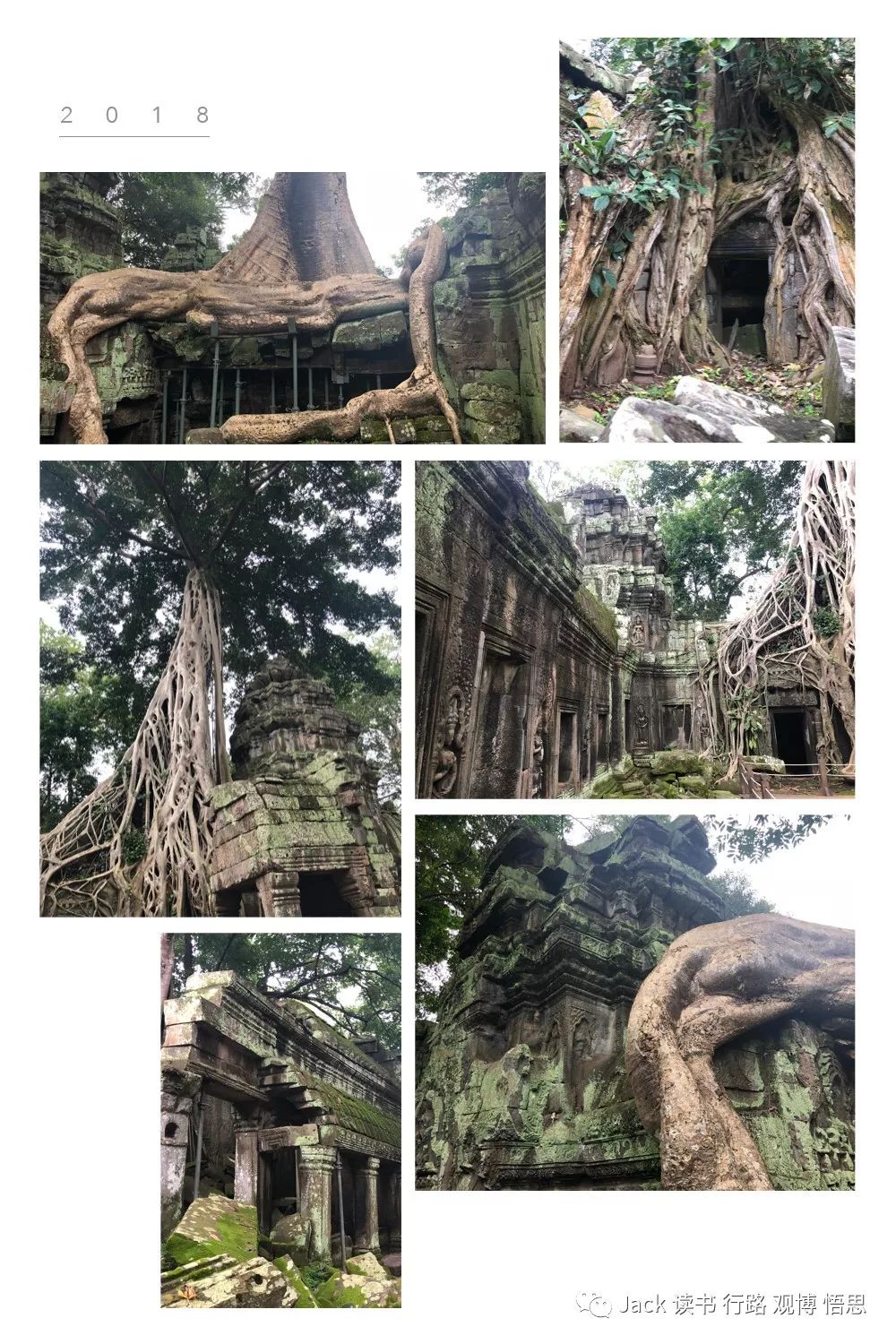
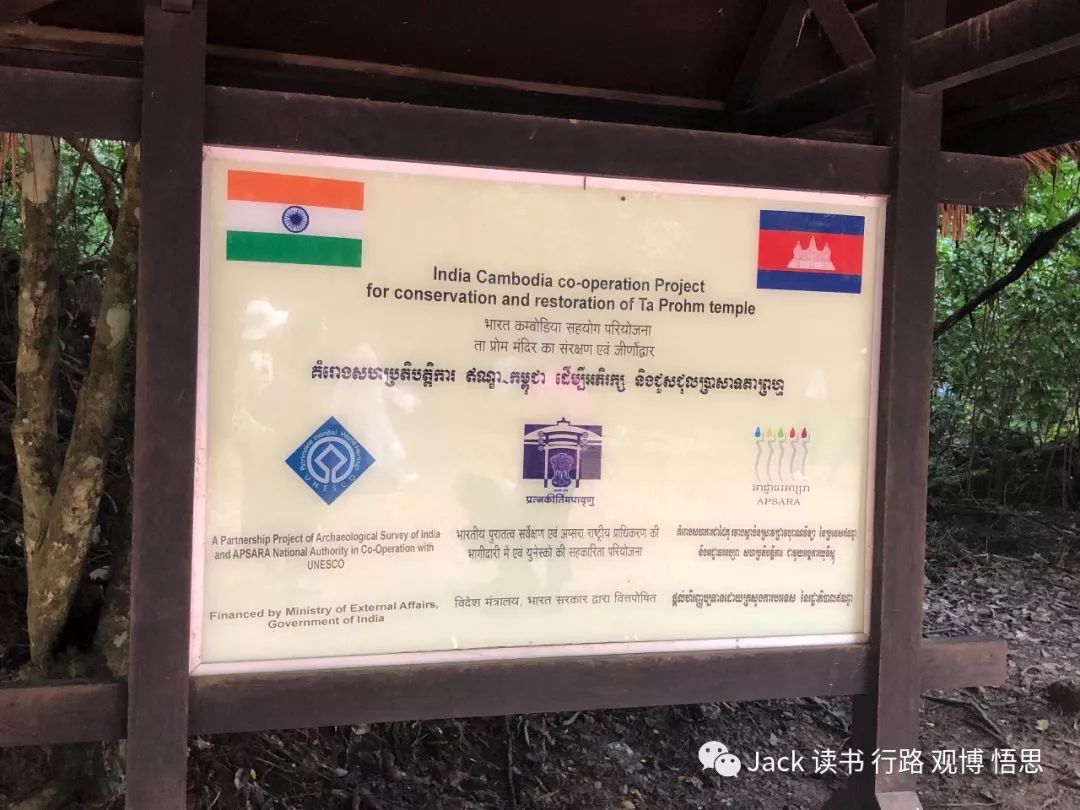
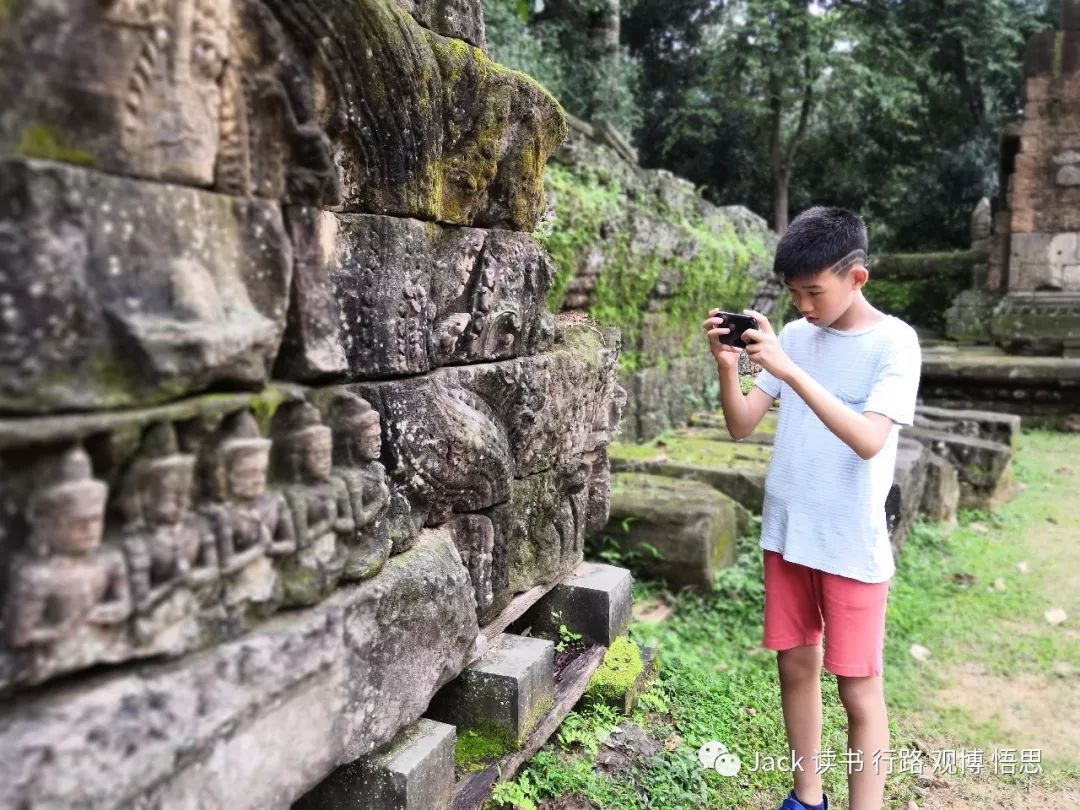
这位伟大的国王哲耶跋摩七世为纪念他母亲,在公元1186年建了另一座寺庙-塔普伦寺。现在,印度认养了这个寺庙。然而,这个寺庙最吸引人的地方其实是印度的维修理念。印度讲究“树寺共生”,意思是这些建筑尽量维持被发现时的模样,不砍伐上面的苍天大树,让两者维持到一个共生的状态。我自己觉得印度这个维修理念很有道理,因为生命之间需要相互依赖,如果把树砍了,寺庙的一些部分也会崩塌。人、寺庙和自然都是平等的,不应该相互伤害,要试图达到一种平衡。这个维修理念让这座寺庙成为一本自然的历史书,有着废墟之美,有着历史的沧桑感,有战争的血痕以及历史的记忆。
巴戎寺和塔普伦寺都是人类历史最有价值的遗产之一,让我们能够探索古高棉人的思想、生活,从而来思考我们现在的世界。
The beauty of Angkor- The Bayon Templeand the Ta Prohm Temple
Cambodia is a poor but spiritual ancient cultural country. From the 9th to 15th century A.D in the west, ancient Egypt had already demised, and ancient Greek had declined. However, in the east,this magical and full of cultural impact country started to become prosperous.The ancient Khmers built a series of astonishing temples and buildings, and the most significant ones were the Bayon and Ta Prohm.
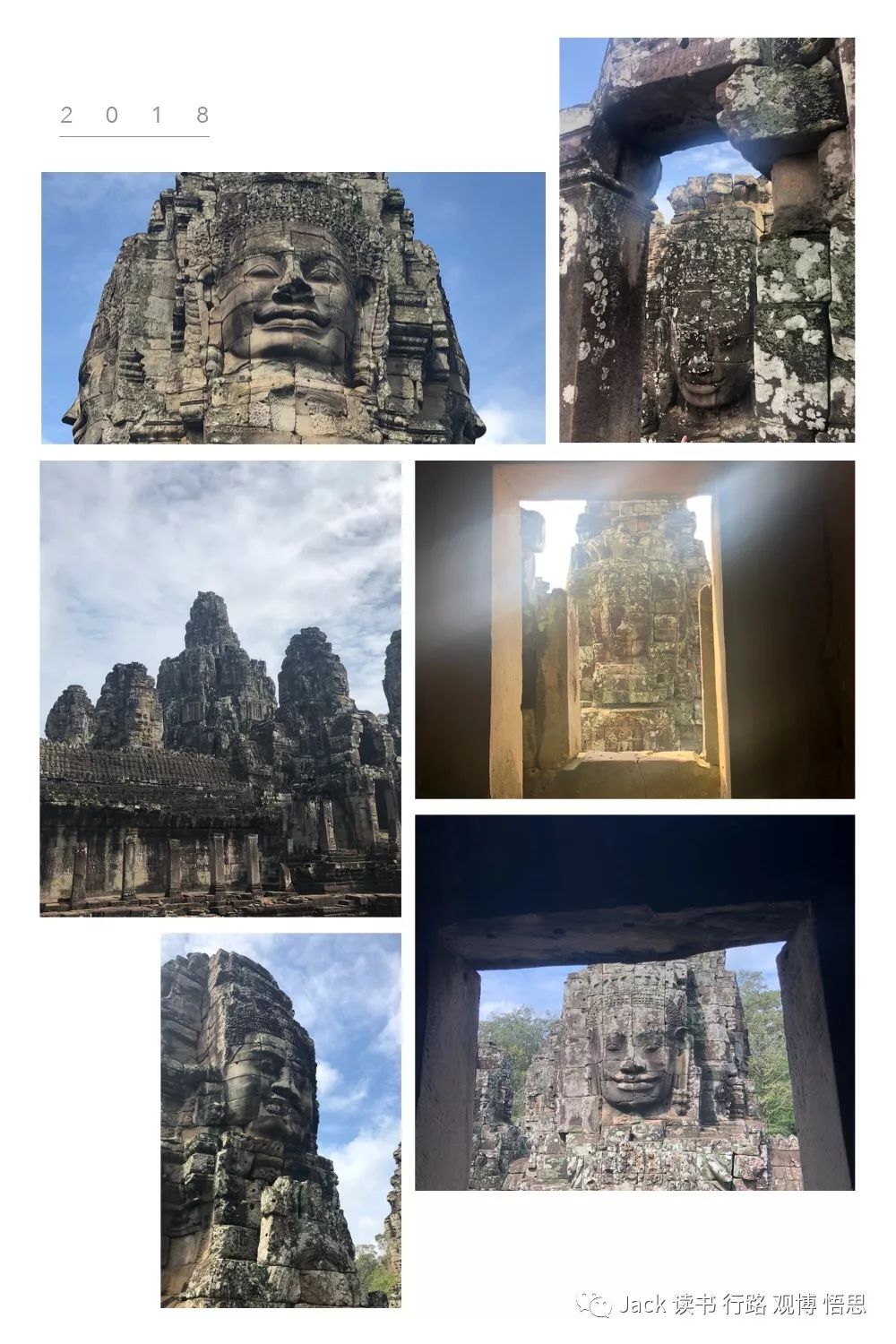
The Bayon was built by Khmer king Jayavarman VII.Before he became king, he enlisted and participated in the cruel war between Cambodia and Vietnam. The sharp contrast of peace and war made him thought alot. After he succeeded to the throne, he built 102 hospitals and many schools to educate and help his people. Also, in 1181 A.D., he converted from Hinduism to Buddhism. The Bayon had 54 standing towers, and each tower’s four sides hada Buddha’s smile carved into it. This temple’s design had another interesting aspect. If you look from a door frame, you would see a Buddha smiling at you,Buddha is everywhere. These smiles were solemn, quiet, pitiful, and intelligent. These smiles saw through all the suffering in human lives. With the sunlight, these faces sometimes seemed to open their eyes, and sometimes they closed them, giving people a sense of quietness. In the interior walls,there were many carvings. Jayavarman VII did not carve his feats of defeating enemies or winning a battle on the wall like most other kings did, he carved his citizens’ lives. These paintings included scenes like watching chicken fight, family reunification, one person smelling pork skewer, women giving birth, celebrating New Year, and even included the Song Dynasty’s reinforcements.



In 1186 A.D., this great king also built another temple to memorize her mother- Ta Prohm. Now, this temple is adopted by India.However, the most attractive thing of this temple is how the Indians maintain this temple. India purposed this idea of commensalism, which means that they do not chop down the trees and plants that had grown into the temple, so they can live and rely on each other. If we chop down the trees, then the temple won’t survive. Human, temple and nature are equal, we should not harm each other, and we need to try to balance. This kind of maintaining idea gives Ta Prohm a sense of a natural history book, it has its own beauty, has history’s marks of wars and memories on it.
The Bayon and Ta Prohm could show how the once great Khmer civilization’s kings and people had thought. These two temples give us valuable accounts of history so that we can compare our current life with their life,our thoughts with their thoughts, and our history to their history.
- 本文标签: 原创
- 本文链接: http://www.jack-utopia.cn//article/538
- 版权声明: 本文由Jack原创发布,转载请遵循《署名-非商业性使用-相同方式共享 4.0 国际 (CC BY-NC-SA 4.0)》许可协议授权
